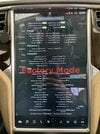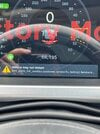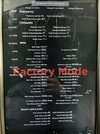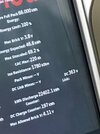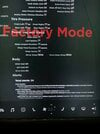eelton
Member
Another data point:
I had the "car may not restart--service is required" error. They said it was my battery coolant heater. After replacement (at my cost--2013 Model S with 43K miles, out of warranty), the error went away for a few weeks but is now back.
I set up another service appointment, but it's 3 weeks away, and it's not possible to speak with a person at Tesla.
I don't trust driving the car with that message popping up constantly, so I have to park it for the 3 weeks.
I had the "car may not restart--service is required" error. They said it was my battery coolant heater. After replacement (at my cost--2013 Model S with 43K miles, out of warranty), the error went away for a few weeks but is now back.
I set up another service appointment, but it's 3 weeks away, and it's not possible to speak with a person at Tesla.
I don't trust driving the car with that message popping up constantly, so I have to park it for the 3 weeks.



